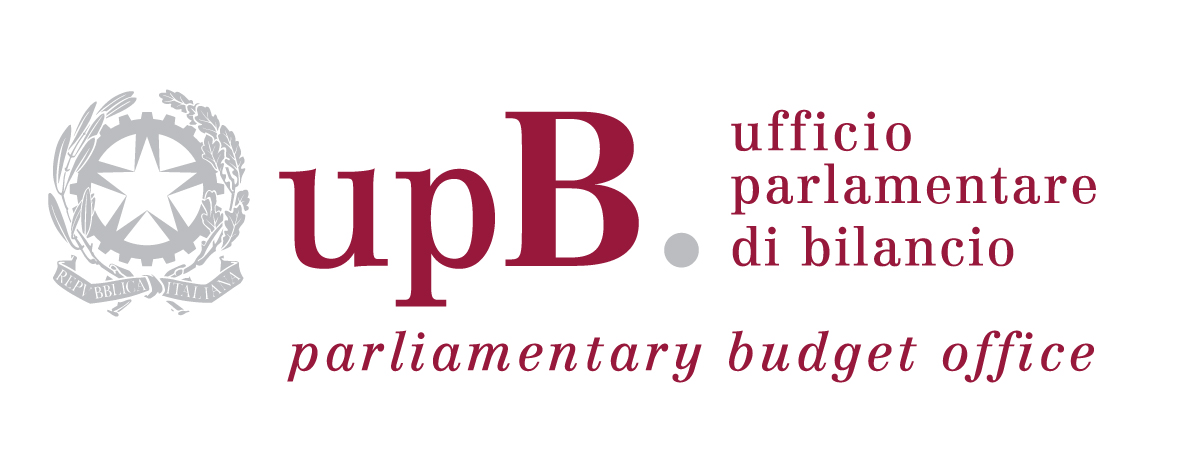15 January 2025 | Demographic decline is affecting many developed countries including Italy. Strengthening of childcare services has become increasingly central to the European and national political agenda as a policy to counter the birth rate crisis.
The National Recovery and Resilience Plan (NRRP) allocates 3.24 billion for the creation of 150,480 new places by expanding the supply of nursery schools and preschool. In addition to European resources, further national funds are earmarked for the measure, amounting to a total public funding of 4.57 billion.
In the Medium-Term Fiscal Stability Plan (MTFSP), investments in expanding educational services for children under three years of age were included among those that allowed for extending of the public accounts adjustment period to seven years.
This Focus, based on information from the ReGiS platform (as of 9 December 2024), describes the status of project implementation and assesses their contribution to achieving the objectives outlined in both NRRP and MTFSP.
Since the early stages of implementation of the NRRP, difficulties have been encountered, particularly for the nursery sector. The take-up by municipalities, especially those in the South and with serious structural deficiencies, has been limited. Several funding allocation procedures were necessary to utilize all available resources.
These difficulties impact the progress of the 3,199 projects surveyed in ReGiS. According to the financial timetable, 1.7 billion of the NRRP funds should have been spent by 2024; about half of it (816.7 million) was actually used. Almost all of the interventions initiated in 2020 or 2021 are in an execution phase and only about 3 per cent of projects are completed. Some projects launched with the most recent New nursery school plan are not yet listed in ReGiS and for more than half of those surveyed, no information is available. Within the individual macro-areas of the country, varying trends are observed in project progress stages. In the Centre and the North, there is a slight prevalence of ongoing projects (72.7 and 70.9 per cent respectively) compared to the South (69 per cent). The North has the highest share of projects (18 per cent) in the final phase.
Uncertainties remain regarding whether the target will be met in terms of quantity (150,480 new posts to be realised) and time (June 2026). In none of the four scenarios developed in this Focus would the quantitative target be fully achieved. The distance to the target would be marginal, around 500 places in the most favourable scenario, rising to around 26,000 places in the least favourable one. In the estimate introducing the minor corrections to the declared data, the deviation would be around 17,400 places. The additional nursery school places range between 93,239 (least favourable scenario) and 110,831 (most favourable scenario), while those for preschool vary between 31,063 and 39,175.
Conversly, achieving the targets set in MTFSP, which are less ambitious than those contained in NRRP, would occur due to population decline, even without the full implementation of the latter. In the least favourable forecast scenario at national level, a coverage rate of 36.1 per cent would be reached in 2026, while at regional level the lowest value of 24 per cent would be observed in Sicily. In the most favourable forecast scenario, coverage would exceed 33 per cent in all regions except Campania and Sicily.
Overall, the full implementation of the NRRP interventions would reduce disparities between the southern and the central-northern regions, but would increase the inequalities in the services provision within the regions themselves. Almost all municipalities with fewer than 500 inhabitants (96.6 per cent) remain without facilities. Service coverage improves as population size increases. However, some municipalities, even large ones, have an inadequate offer compared to their catchment area.
